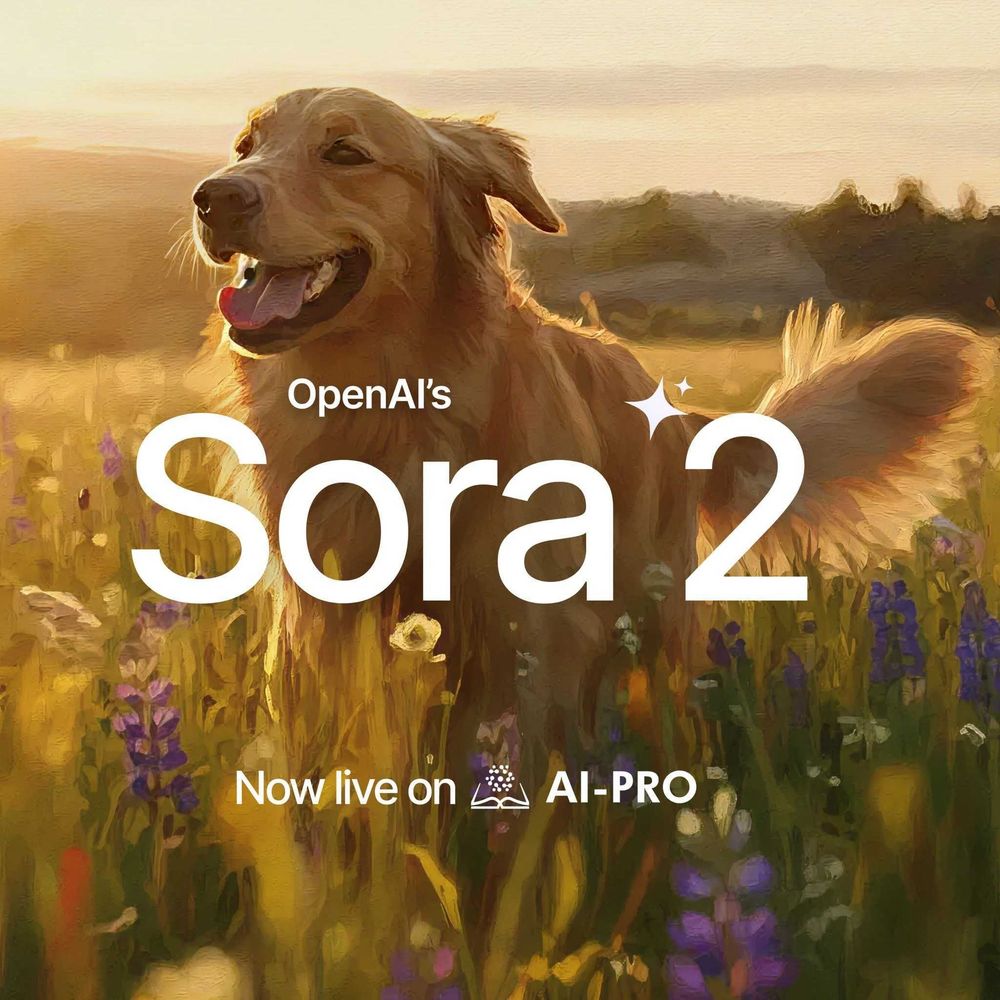For many developers, coding can feel like a daunting task, particularly when navigating the complexities of new programming languages or large-scale projects. The challenge of balancing syntax, logic, and problem-solving often leads to frustration, even for seasoned professionals. As the demand for software continues to surge, the need for more efficient and streamlined development processes has become increasingly urgent.

Enter generative AI—a revolutionary tool that’s transforming how code is written. As questions like, "Can I Generate Code Using Generative AI Models?" become more common, developers are eager to explore how these technologies can simplify their workflow and boost productivity. Generative AI, a cutting-edge branch of artificial intelligence, has the power to produce functional code snippets from simple prompts, using advanced algorithms and machine learning techniques. These tools are not just time-savers—they offer precision, speed, and the ability to tackle coding tasks that would otherwise take hours or even days.
In this article, we’ll dive into the mechanics of AI-driven code generation, highlight leading tools in the field, and examine both the advantages and challenges of adopting this technology. By the end, you'll have a solid grasp of how generative AI can elevate your coding efficiency and whether it holds the potential to solve your most complex programming hurdles.
What is Generative AI?
Generative artificial intelligence (generative AI) represents a rapidly evolving branch of AI focused on creating new content—whether it’s text, images, videos, or even code—by learning patterns from vast datasets. Unlike traditional AI, which primarily handles classification or prediction tasks, generative AI is designed to produce original outputs that mimic the data it’s trained on. In the world of software development, generative AI leverages technologies like natural language processing (NLP) and large language models (LLMs) to assist developers by generating code, completing functions, or even writing entire programs based on user input.
These tools are transforming coding efficiency by allowing developers to provide simple prompts or descriptions, and in return, receive functional code that fits their needs. By using the power of advanced machine learning algorithms, generative AI doesn’t just stop at code generation—it also aids in tasks like code completion, translating code across programming languages, automated testing, and refactoring existing codebases.
Taking a look back, the roots of generative AI stretch back to the mid-20th century, when early work on neural networks and machine learning began laying the groundwork. Milestones such as the concept of neural networks proposed in 1944 and the coining of the term "artificial intelligence" in 1956 were critical in shaping today’s AI landscape. In the decades that followed, breakthroughs in virtual assistants and pattern recognition technology further fueled advancements. However, it wasn’t until the 2010s—marked by the rise of Generative Adversarial Networks (GANs) and the release of powerful models like GPT—that generative AI really gained momentum.
By 2021, innovations like DALL-E and Midjourney brought the concept of AI-generated art to the forefront, showing the world just how creative machines could become. Today, generative AI continues to push boundaries, with models like GPT-4 showcasing remarkable abilities in generating not only human-like text but also complex code.
As this technology advances, its potential to revolutionize software development becomes more evident, making coding more efficient and accessible to a broader range of users.
How Does Generative AI Generate Code?

Generative AI models utilize advanced algorithms to produce code from natural language prompts or existing code examples. These models are trained on vast datasets, which include code from a wide range of sources, allowing them to grasp the patterns, syntax, and semantics of different programming languages.
It generally relies on on two key technologies to generate functional code:
- Natural Language Processing (NLP): NLP allows these models to understand and interpret human language, enabling developers to input code generation requests in plain English or any other natural language.
- Large Language Models (LLMs): LLMs are deep learning models trained on enormous amounts of text and code data. By analyzing this data, they learn the relationships and patterns within programming languages, allowing them to generate human-like text, including well-structured code snippets.
By integrating NLP with LLMs, it can interpret user prompts, comprehend the intent behind the request, and generate accurate and relevant code based on the provided context.
When it comes to interacting with generative AI tools, developers have multiple options, each enhancing flexibility and accessibility in the code generation process.
- Autocomplete: As developers type, these tools suggest relevant variables, functions, and code blocks in real-time, helping to speed up the coding process and reduce errors.
- Natural Language Prompts : Users can describe the desired functionality in plain language, and the AI generates corresponding code, saving time and reducing the complexity of manual coding.
- Conversational Interfaces: Some AI tools offer interactive, chat-based systems where developers can engage in back-and-forth conversations with the AI. This allows users to ask questions, provide feedback, and refine the generated code iteratively.
By leveraging these methods, generative AI tools are designed to simplify coding tasks, making programming more intuitive and opening the door for non-developers or those with limited coding experience to participate in software creation.
9 Examples of Generative AI Code Generation Tools
Several powerful AI-driven code generation software have gained widespread popularity for helping developers write code more efficiently. Below are some examples:
- IBM watsonx Code Assistant: This tool helps developers generate code using AI-generated recommendations tailored to their specific programming needs, accommodating users of all experience levels.
- GitHub Copilot: An AI-powered code completion tool that integrates with popular IDEs, GitHub Copilot suggests context-aware code snippets across multiple programming languages, enhancing productivity and reducing coding errors.
- TabNine: An AI code assistant that learns from the user's codebase, TabNine provides real-time code completions and integrates seamlessly into various code editors, improving coding efficiency.
- Ask Codi: A tool designed to assist with coding queries and suggestions, helping users find solutions quickly and effectively.
- CodeT5: This model generates code snippets based on natural language prompts, leveraging transformer technology for enhanced accuracy and relevance.
- WPCode: Tailored for WordPress developers, WPCode generates custom code snippets to extend functionality and streamline development processes.
- Codeium: An AI-powered coding assistant that offers suggestions and completions across various programming languages to enhance the coding experience.
- Kite: Provides intelligent code completions and documentation as developers write, integrating with popular IDEs for a seamless workflow.
- Deep TabNine: An advanced version of TabNine that utilizes deep learning to generate entire lines of code based on context and user input.
These tools exemplify the diverse applications of generative AI in coding, each offering unique features to cater to different development needs. As the technology continues to evolve, more innovative tools are likely to emerge, further transforming the landscape of software development.
6 Benefits of Using Generative AI for Coding

The integration of generative AI into software development offers a range of powerful advantages that can significantly transform the coding experience for developers of all skill levels.
- Increased Productivity
Generative AI tools streamline the development process by automating routine tasks such as writing boilerplate code or suggesting frequently used functions. This automation allows developers to shift their focus to more complex and creative aspects of their work, ultimately accelerating development cycles and reducing the time-to-market for applications.
- Enhanced Code Quality
With real-time, context-aware suggestions and feedback, generative AI helps developers identify potential issues and vulnerabilities in their code before it reaches production. This proactive approach improves overall code quality and minimizes the risk of bugs and security flaws in final releases.
- Greater Accessibility
Generative AI lowers the barriers to coding by making it more accessible to non-developers. Users without extensive programming knowledge can describe functionality in natural language, and the AI will generate the required code. This democratization of software development opens up new possibilities for innovation in various fields, enabling more people to bring their ideas to life.
- Rapid Prototyping
These AI tools enable quick generation of prototypes and proof-of-concept applications, allowing teams to iterate rapidly and gather user feedback early in the development process. This faster validation of ideas helps teams make more informed decisions and accelerate project timelines.
- Continuous Learning and Adaptation
Many generative AI tools improve over time by learning from user interactions. The more a developer uses the tool, the better it becomes at predicting their coding style and preferences, resulting in more relevant suggestions and increased efficiency.
- Cost Efficiency
By automating routine coding tasks and reducing the likelihood of errors, generative AI can significantly cut development costs. This efficiency allows organizations to allocate resources more strategically, focusing on high-impact initiatives rather than routine coding challenges.
As these tools continue to advance, they promise to revolutionize how software is developed, maintained, and scaled across industries.
6 Limitations and Challenges of Coding with AI

Of course, with any advancement, there are also challenges. While generative AI offers numerous benefits in code generation, it is not without its limitations. Understanding these drawbacks is crucial for developers and organizations looking to integrate these tools into their workflows.
- Quality Assurance Concerns
One of the main challenges with generative AI in code generation is ensuring the quality of the output. While these tools can generate syntactically correct code, it may not always align with specific project requirements or best coding practices. Developers still need to thoroughly review, test, and often refine the AI-generated code to ensure it performs as intended, which can diminish some of the time-saving benefits.
- Contextual Understanding Issues
Generative AI models can struggle with grasping complex or nuanced contexts. They are trained on patterns from vast datasets, which can make it difficult for them to handle unique scenarios or domain-specific requirements. This limitation can result in irrelevant or inaccurate code suggestions that need manual correction, particularly in highly specialized projects.
- Dependency on User Input
The effectiveness of generative AI heavily depends on the quality of the user’s input. Vague or poorly constructed prompts can lead to unsatisfactory or misaligned results. Developers must provide clear, precise instructions to achieve accurate outputs, which can be a challenge for users less familiar with coding or the tool itself.
- Security and Privacy Risks
Using generative AI tools often involves sharing code snippets and project information with third-party platforms, raising concerns around data security and privacy. This is particularly critical when dealing with sensitive or proprietary information. Organizations need to assess the risks and enforce strong data protection measures when using these tools to avoid potential breaches.
- Learning Curve
Although generative AI is designed to simplify coding, there’s often a learning curve when it comes to using these tools effectively. Developers may need time to become familiar with the specific features and capabilities of each tool and to understand how to best integrate them into their workflows.
- Over-Reliance on AI
As generative AI becomes more prevalent in coding, there’s a risk that developers may become overly dependent on these tools. This reliance could hinder the development of fundamental coding skills, especially for newer developers who might lean too heavily on AI-generated solutions instead of honing their own problem-solving abilities.
By recognizing these limitations, developers can make more informed decisions about how to integrate AI into their workflows, ensuring they maintain high standards of code quality, security, and professional growth.
10 Use Cases of Generative AI in Software Development

Generative AI is revolutionizing software development in these ways:
- Automated Code Generation - AI tools can generate code snippets or entire functions based on natural language prompts, speeding up prototyping and allowing developers to focus on more complex tasks.
- Code Review and Optimization - AI-powered tools analyze code for errors, vulnerabilities, and adherence to best practices, offering actionable feedback that improves code quality while saving time on manual reviews.
- Test Case Generation - Generative AI automates the creation of test cases, ensuring comprehensive testing coverage and identifying bugs earlier in the development cycle.
- Automated Testing and QA - AI streamlines quality assurance by running test scripts, analyzing results, and reporting issues, which helps deliver high-quality software faster.
- Intelligent Debugging - AI assists in debugging by identifying potential issues and suggesting fixes, reducing downtime and improving problem-solving efficiency.
- Documentation Generation - AI tools can automatically generate and update project documentation from code comments, easing the burden on developers to maintain it manually.
- Code Translation - Generative AI can translate code between programming languages, simplifying migrations and integrations in multi-language environments.
- Predictive Maintenance - By analyzing past data, AI can predict potential issues before they arise, enabling teams to prevent downtime through proactive maintenance.
- UI Design Assistance - AI helps streamline front-end development by generating user interface layouts and component suggestions based on design requirements.
- Knowledge Sharing and Collaboration - AI facilitates collaboration by offering context-aware suggestions based on team coding practices, promoting knowledge sharing within development teams.
These use cases highlight how generative AI is transforming software development, automating repetitive tasks, and providing valuable insights that help developers build high-quality software more efficiently.
Taking a Balanced Approach to Generative AI Code Generation
In conclusion, generative AI has the potential to reshape software development by automating repetitive tasks, improving productivity, and making coding more accessible. The question "Can I generate code using generative AI models?" is no longer theoretical—developers are already using these powerful tools to streamline their work and focus on more creative, high-value tasks.
However, it’s important to approach generative AI with a balanced perspective. While it offers impressive benefits, it also comes with limitations and challenges. Developers must ensure that AI-generated code meets project requirements, adheres to best practices, and upholds quality standards. Careful oversight is necessary to avoid pitfalls, especially in terms of security and functionality.

To fully harness the potential of generative AI, developers should understand its strengths and weaknesses, experiment with various tools, and learn how to craft precise prompts. If you wish to learn more about AI, simply head to AI-Pro’s Learn AI.
By integrating these technologies thoughtfully into workflows, developers can optimize coding processes while maintaining control over project outcomes.
As generative AI evolves, it will unlock even more possibilities, from automated testing and intelligent debugging to enhanced collaboration. By embracing these advancements responsibly, developers can drive innovation and shape the future of software development.





